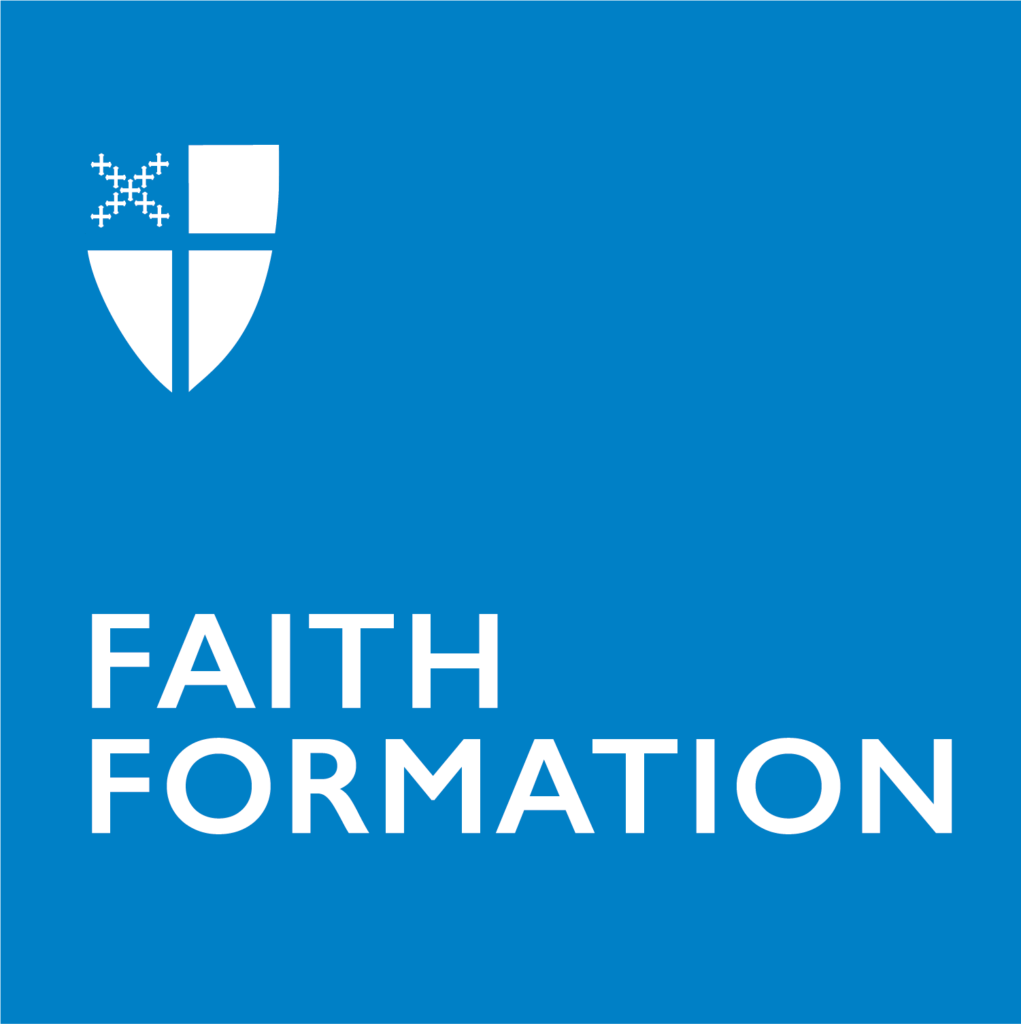From time to time I will feature guest bloggers who I believe have an important message to share with the rest of the church. This blog post was submitted by Cindy Spencer, Children and Youth Ministries Coordinator, Saint Mark’s Cathedral, Seattle.
It is the end of the church year – and the beginning of a new church year. At this time, we celebrate Christ the King Sunday – and in Advent anticipate the baby who is born a king . . . but, in the language of Godly Play, the king that was coming was not the king they thought was coming . . .
And this makes me wonder about other things that are not always as we expect them. Jesus tells us that when we welcome a child, we welcome him. Yet what happens when the child we are presented with is not the child we thought was coming? What happens when the child looking to join our community comes with a disability, particularly a disability that is perceived as disruptive? Can we see past the behavioral issues to truly see the child, welcome them, and include them?
I am the parent of such a child, a child with an “invisible disability,” the kind that is not obvious at first glance. My son is one of the millions of children on the autism spectrum (latest statistics tell us 1 in 88 children will receive a diagnosis of autism spectrum disorder, up from 1 in 125 when he was diagnosed 8 years ago).
We’ve made many adjustments and accommodations in our family over the past 8 years, including adjustments in expectations, in type of schooling, in number of extra-curricular activities for both our son and his siblings – disability has a ripple effect on entire families and communities. And our faith community has made adjustments as well, adjustments that welcome and include us and our child, in addition to welcoming and including other children with disabilities and their families.
We might ask why we should change to be welcoming, especially when the behavior of a child is challenging a class – shouldn’t we ask the child to change instead? After all, most of our leaders are volunteers – they didn’t ask for this. How can we possibly equip them to work in a classroom that includes children of all abilities?
To answer the “why,” it helps to examine what we believe about children with disabilities and their families. Here is my personal list:
- I believe that ALL children have a relationship with God. We are called to support and nurture that relationship for all children, and thus we must model that belief by inclusionary practices.
- I believe that ALL children are welcome in God’s kingdom, therefore they are welcome here in our microcosm of the kingdom.
- I believe that ALL children can grow in faith and be instruments of grace to others. The Children’s Charter wisely welcomes the ministry of each child, and calls us to equip children for their ministry. Programs that model inclusion are models of grace, and allow for the ministry of children to each other.
- I believe that families with special needs should be valued and welcomed in our community, and that these families need partners to walk alongside them.
- I believe that parents of children with special needs sometimes need to be reminded that God is aware of their situation, and that in coming alongside them to support their own and their child’s needs for worship, spiritual growth and respite care, we demonstrate the care of God.
Part 2 of this important and meaningful story will be posted here tomorrow.
In the meantime, how do you accommodate – or not accommodate – children with “invisible disabilities” in your faith community?
